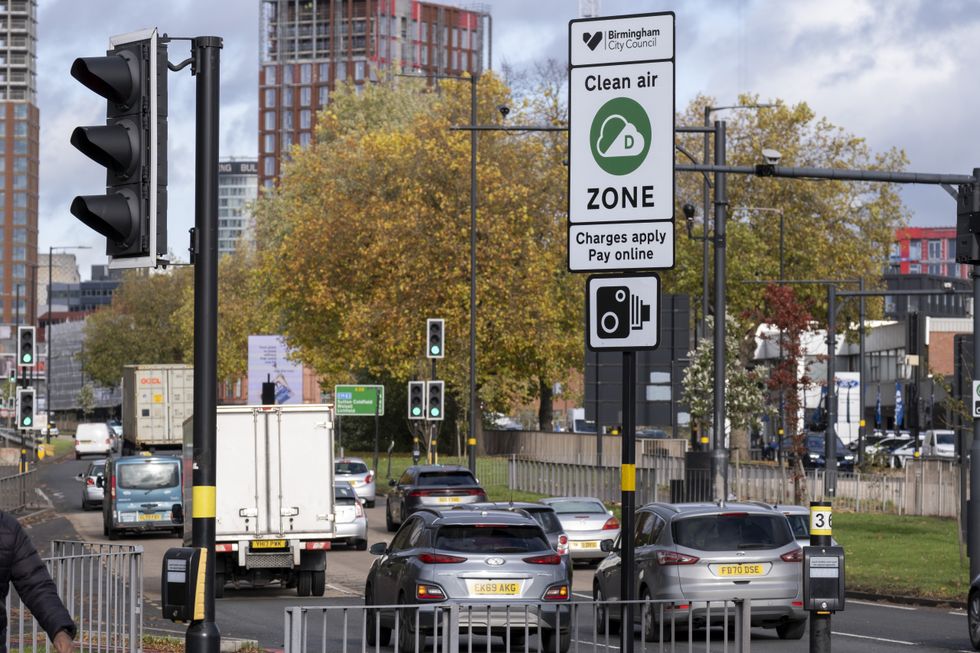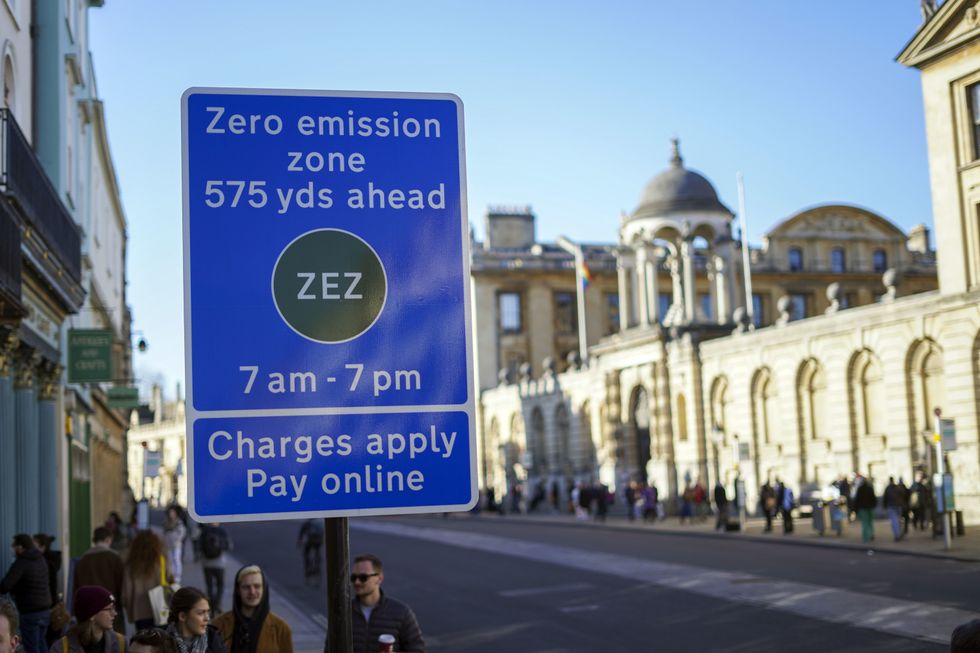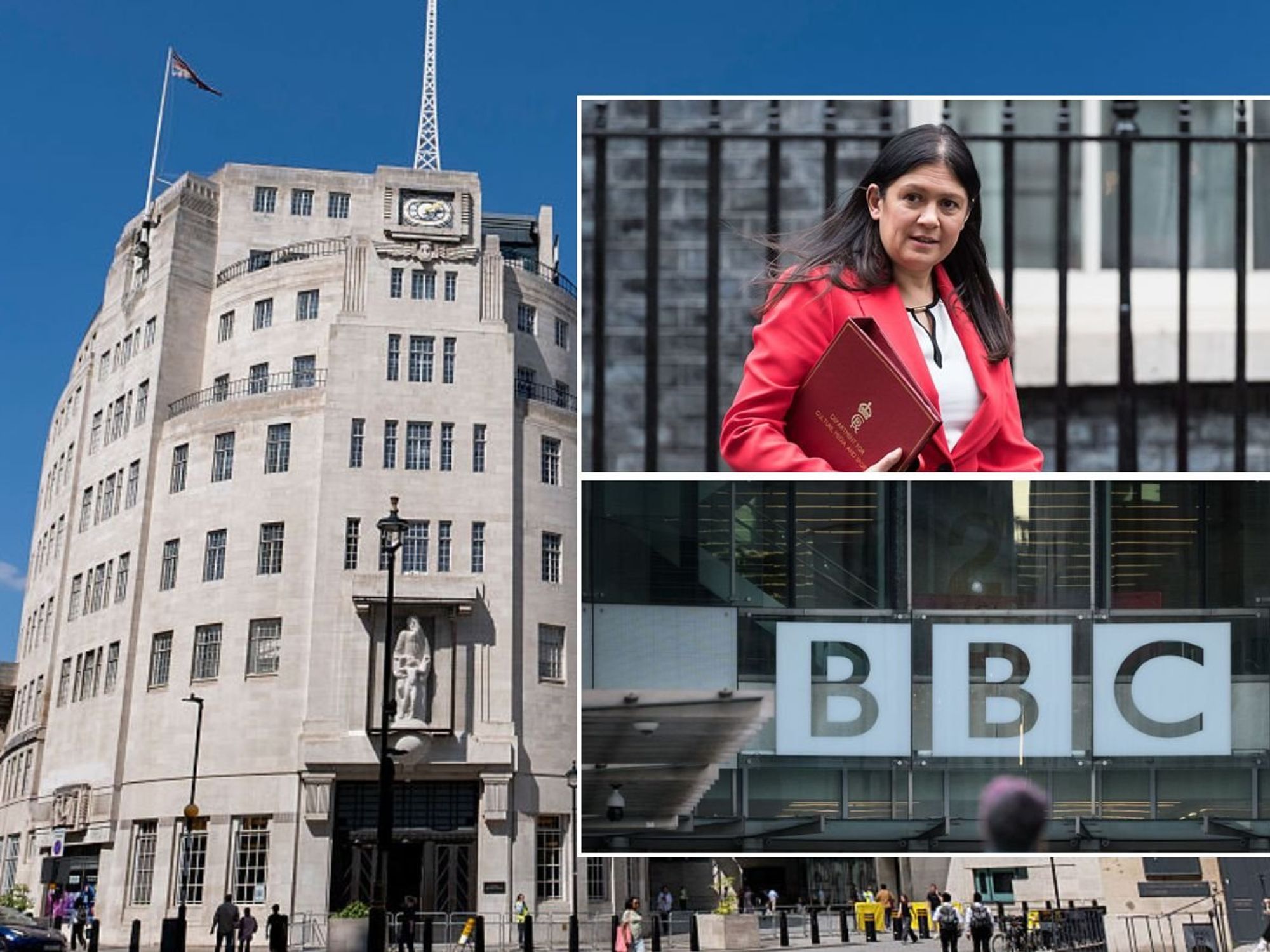UK could see more Clean Air Zones rolled out as cities target vehicles to achieve net zero

There are currently seven Clean Air Zones in operation around the UK
Don't Miss
Most Read
European cities are introducing more Low Emission Zones to slash pollution rates by targeting petrol and diesel vehicles, as the UK continues to focus on a net zero future.
According to new research from Clean Cities, a total of 35 cities across Europe have outlined plans to introduce zero emission zones to cut pollution rates.
A further 100 cities have also signed international commitments to become carbon neutral in the coming years, with many focusing on vehicles and transport to cut emissions.
The report highlighted how the number of registered diesel vans in the UK surged by more than one million between 2014 and 2023, with this being seen across Europe too.
Do you have a story you'd like to share? Get in touch by emailing motoring@gbnews.uk
 The Birmingham Clean Air Zone was one of the first CAZs in the country | GETTY
The Birmingham Clean Air Zone was one of the first CAZs in the country | GETTYThe UK already has a number of emissions-based charging zones in action with motorists potentially being charged for driving petrol and diesel cars.
Clean Air Zones can be found in Bath, Birmingham, Bradford, Bristol, Portsmouth, Sheffield and Tyneside (Newcastle and Gateshead).
Low Emission Zones can be found in Aberdeen, Dundee, Edinburgh and Glasgow, while Oxford has a Zero Emission Zone in place.
The Greater Manchester CAZ remains under review, with Mayor Andy Burnham making clear that he does not want to charge drivers as a non-charging scheme has already led to a drop in emissions.
The most notable charging scheme in the UK is the Ultra Low Emission Zone which covers all of Greater London, with the Congestion Charge also in operation in central London.
Barbara Stoll, head of Clean Cities, said: "We’ve seen the future of moving goods around cities - and it’s zero-emission. Transport emissions remain stubbornly high and growing in Europe, and deliveries are a big part of the problem.
"With the rise of e-commerce, millions of more vans now fill the streets. But we’re seeing cities and companies working together to solve the problem and these partnerships are delivering on the ground.
"Still, the approach only works with companies that are prepared to act — to level the playing field we need regulation."
More than 180 companies across various sizes and sectors have also come together to transition to zero emission urban logistics, many of which are seen in Belgium and the Netherlands.
The report also highlighted how Rotterdam is a leading example of zero emission zones. It will introduce a phased transition to only allow electric and active mobility in the city centre from January 2025, before being finalised by 2030.
Many industry experts have supported the use of Clean Air Zones and other emissions-based charging methods to help cut pollution rates.
Some UK cities are continuing to push for methods to crack down on harmful emissions from older, more polluting petrol and diesel vehicles.
LATEST DEVELOPMENTS:
- Britons issued urgent car theft warning as offenders steal £2million worth of vehicles with 'Gameboy'
- Drivers could see clean air restrictions removed after success of lower speed limits and cycle-only areas
- Petrol and diesel car sales will 'start falling quite quickly' as drivers face spike in vehicle prices

Oxford's Zero Emission Zone is one of the most progressive measures to cut pollution
|PA
Nienke Onnen, of Natuur en Milieu, said: "To support Dutch cities in their ambitions, a national programme on city logistics was developed.
"Working alongside companies and trade associations has really helped to move at a good pace and helped the cities to offer the kinds of incentives and support that helps everyone - not just those companies with the most ability to change.
"What we’re seeing in the Netherlands can happen in other cities and countries too."










